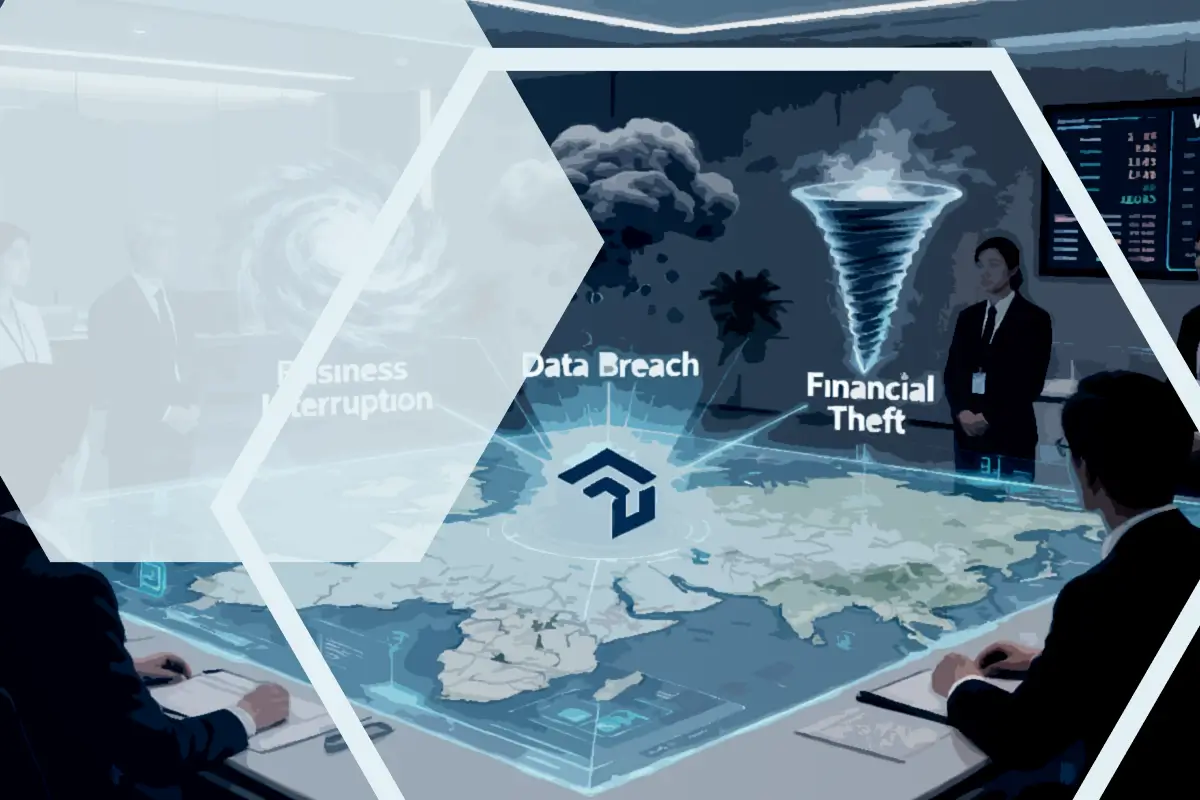Cyber risk is a significant concern for businesses of all sizes, particularly as more companies adopt digital technologies and store sensitive data online. In this environment, it is essential to have a clear understanding of cyber risks and a strategy to manage them effectively. One key aspect of this strategy is cyber risk quantification, which involves measuring and communicating the potential impact of cyber threats on an organization.
What is Cyber Risk Quantification
Cyber risk quantification involves assessing the likelihood and impact of various cyber threats, such as data breaches, cyber-attacks, and system failures. It is a process of identifying, analyzing, and evaluating the potential consequences of these risks on an organization's financial, operational, and reputational well-being. By quantifying cyber risks, businesses can better understand the potential impact of these risks and prioritize investments in cybersecurity. Cyber risk quantification enables organizations to conceptualize cyber risk in the same way as other enterprise risks. Cyber risk quantification assists in bridging cyber risk strategy and enterprise strategy in addition to giving firms a common language to explain risk.
Why is Cyber Risk Quantification Important?
Cyber risk quantification is crucial for businesses for several reasons. Firstly, it helps organizations to make informed decisions about cybersecurity investments by providing a clear understanding of the financial and operational risks associated with various cyber threats. This enables businesses to prioritize their investments in cybersecurity based on the risks that pose the greatest threat to their operations.
Secondly, cyber risk quantification helps organizations to communicate the potential impact of cyber threats to stakeholders, including customers, shareholders, and regulators. By quantifying the risks, businesses can provide clear, objective evidence of the potential impact of cyber threats, making it easier to explain the need for investments in cybersecurity and to secure the support of stakeholders.
Finally, cyber risk quantification can help businesses to comply with regulatory requirements related to cybersecurity. Many regulatory frameworks, such as the General Data Protection Regulation (GDPR) and the New York State Department of Financial Services (NYDFS) Cybersecurity Regulation, require organizations to perform risk assessments and develop risk management plans. Cyber risk quantification provides a structured approach to meet these requirements, enabling businesses to demonstrate compliance with these regulations.
How does Squalify support its Clients in Successful Risk Quantification?
Cyber risk quantification is a complex process that requires careful planning and execution. Squalify makes it easy for its partners to approach cyber risk quantification in the right way. Here are some key steps that clients and the Squalify team follow to achieve desired results:
- Get started. Get a thorough understanding of the project expectations and scope as well as clarify the project requirements. Meaning, who requires the quantification and for what purpose? What must be quantified to achieve this?
- Prepare & design. Prepare and design the project in advance, for a lean, efficient and organized process for all parties. This phase builds the basis and structure for the data gathering process.
- Collect & quantify. Collect and verify input for the quantification to determine the desired results.
- Create & validate. Derive the desired quantification results to create the final report, which covers any needs, requirements or questions raised. Validation by Squalify experts will then ensure the quality of results remains consistent.
- Discuss & finalize. Discuss and agree the final presentation scope with end-clients and implement any required changes if necessary as well as prepare, finalize and conduct the final presentation.
Once the cyber risk quantification assessment has been completed, the results are communicated to stakeholders.









